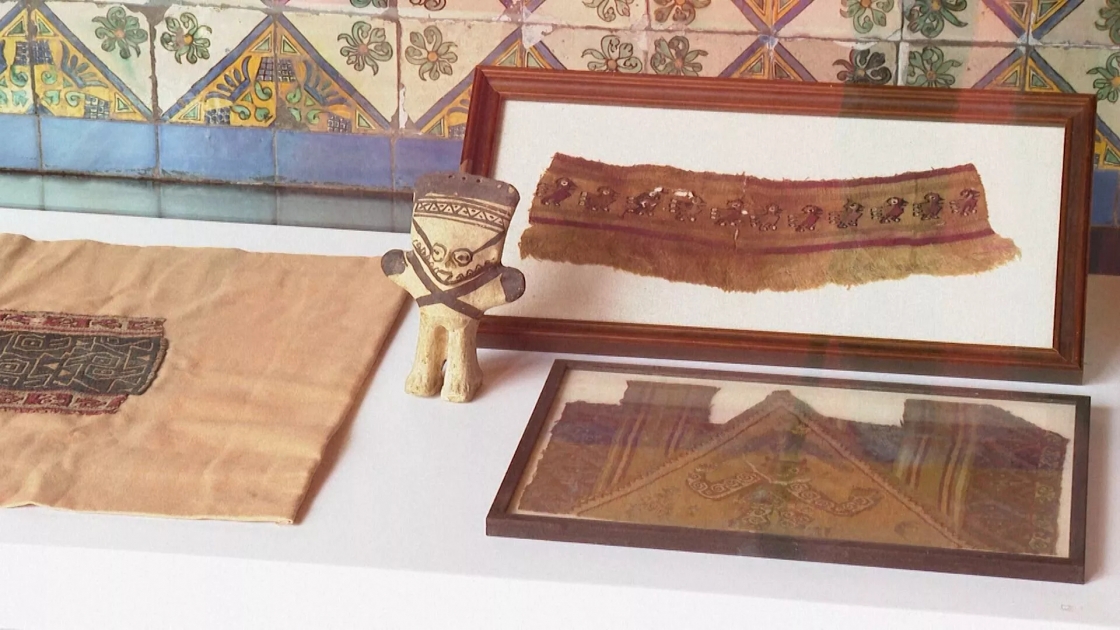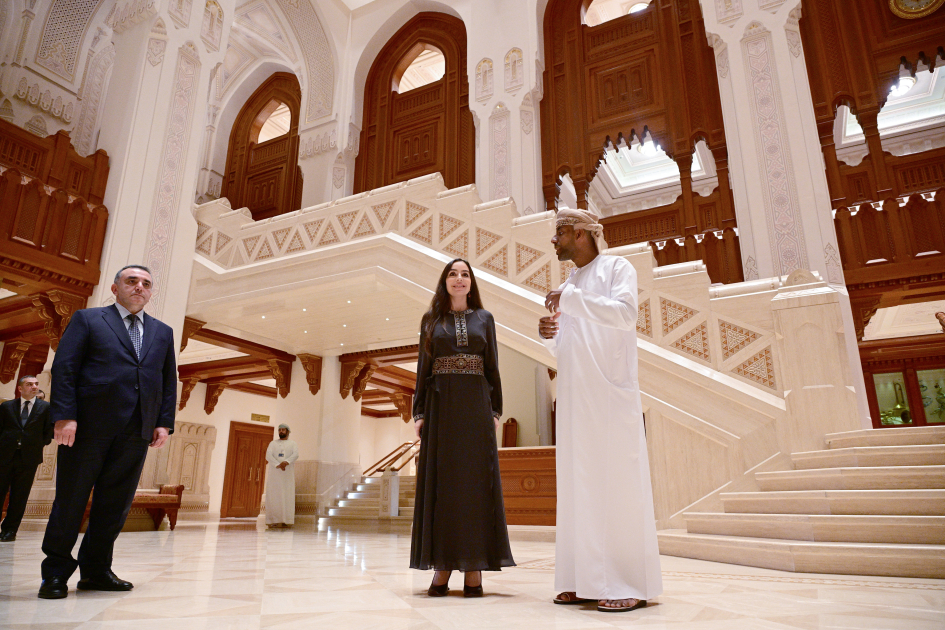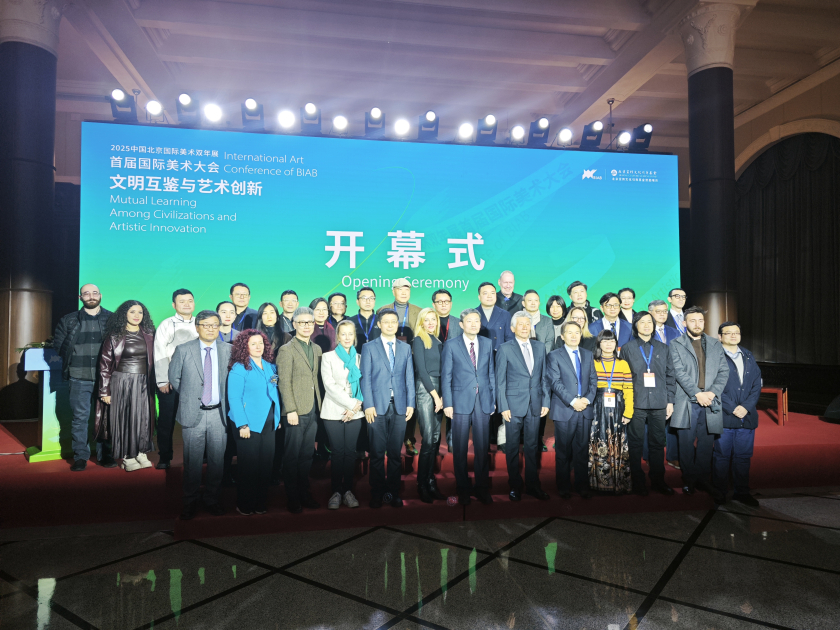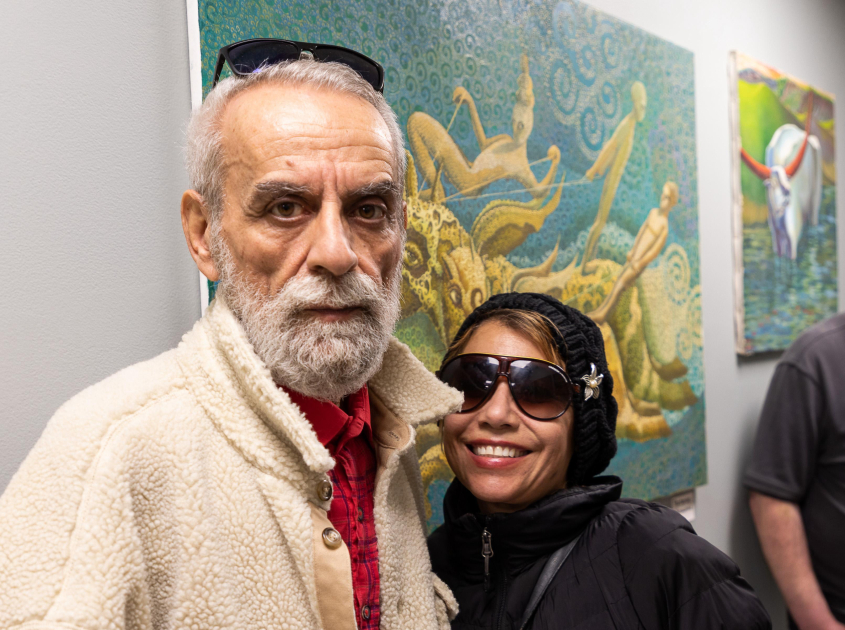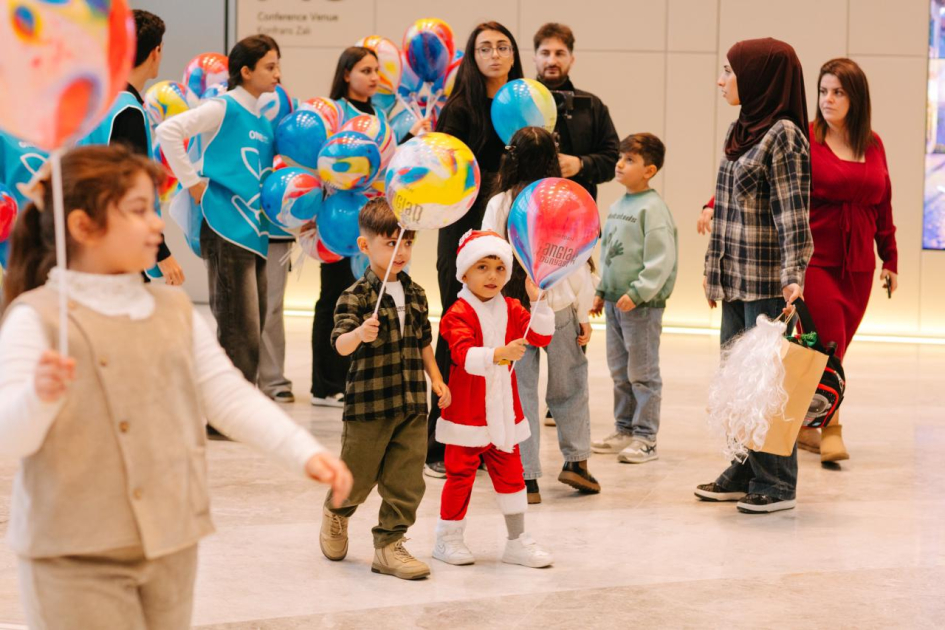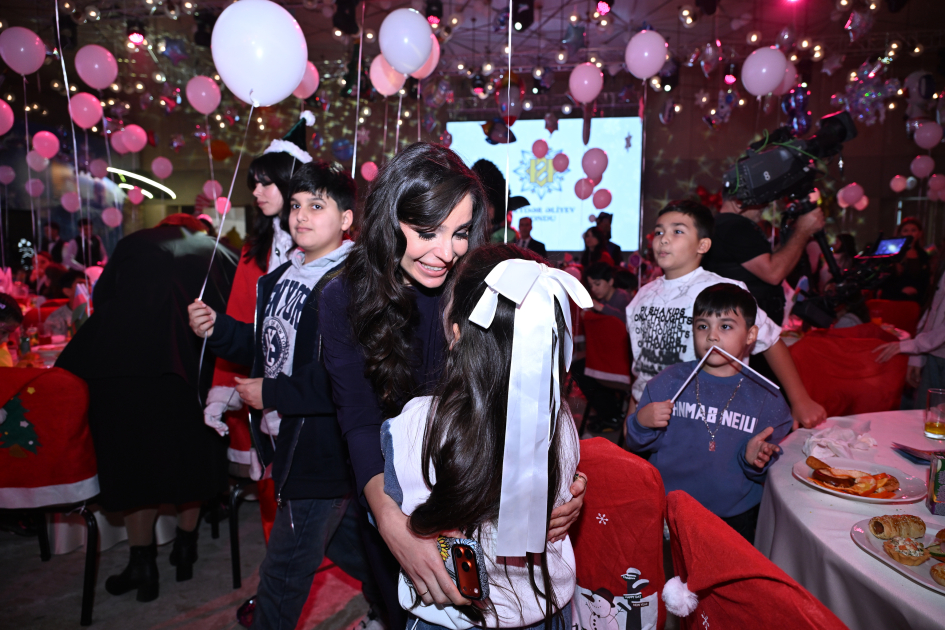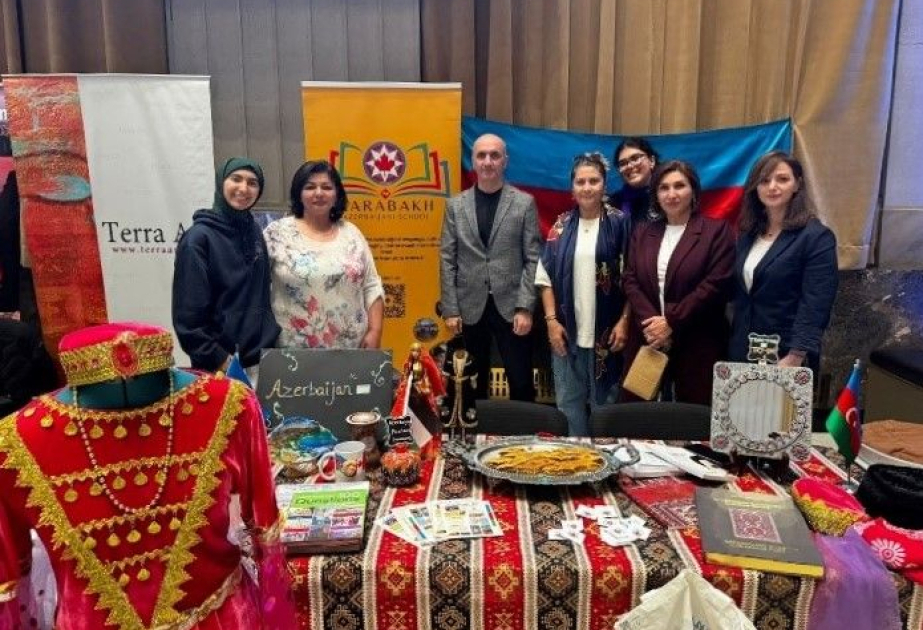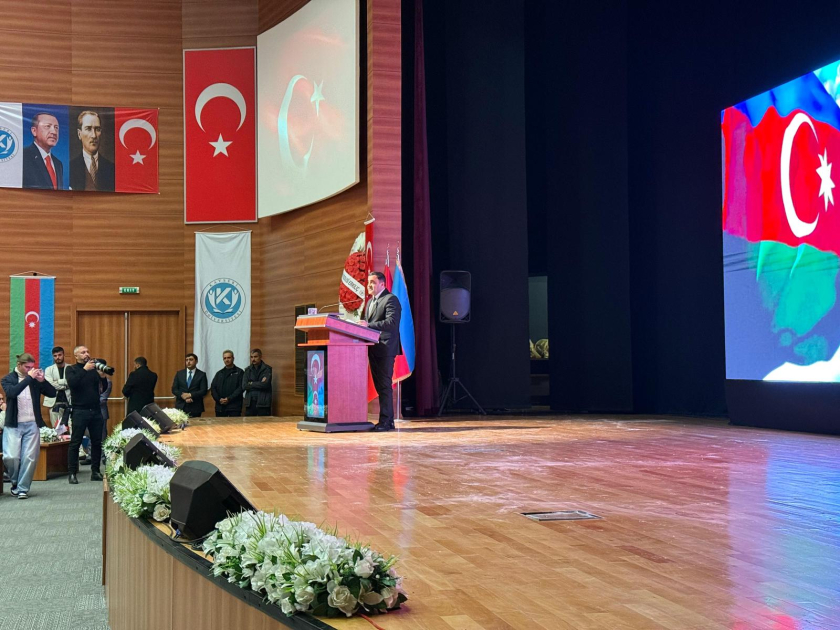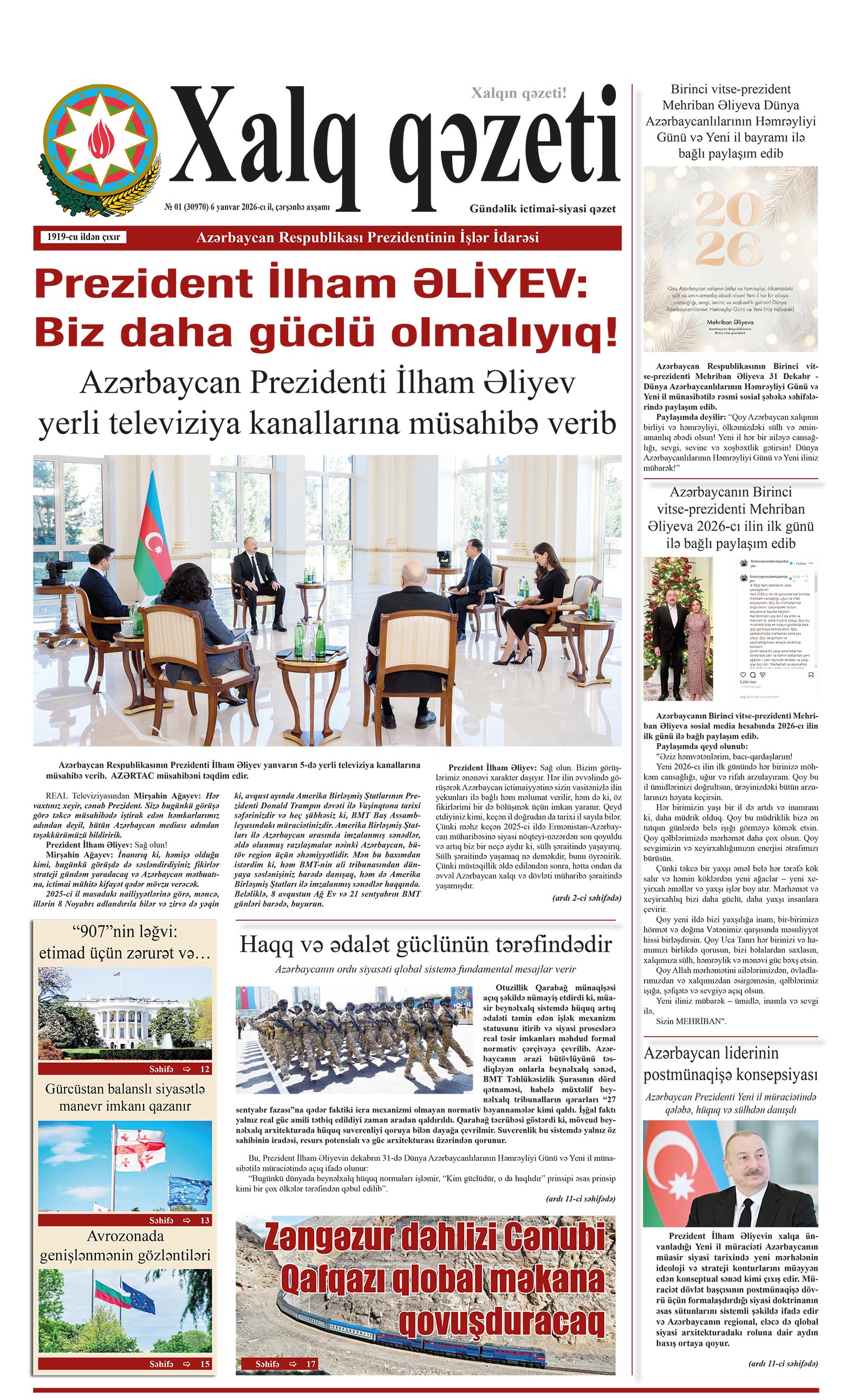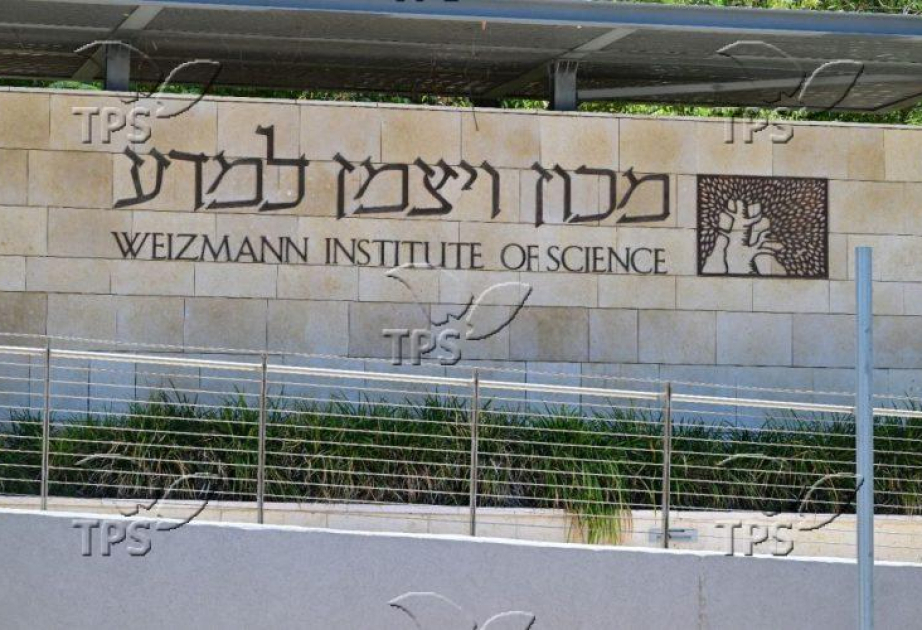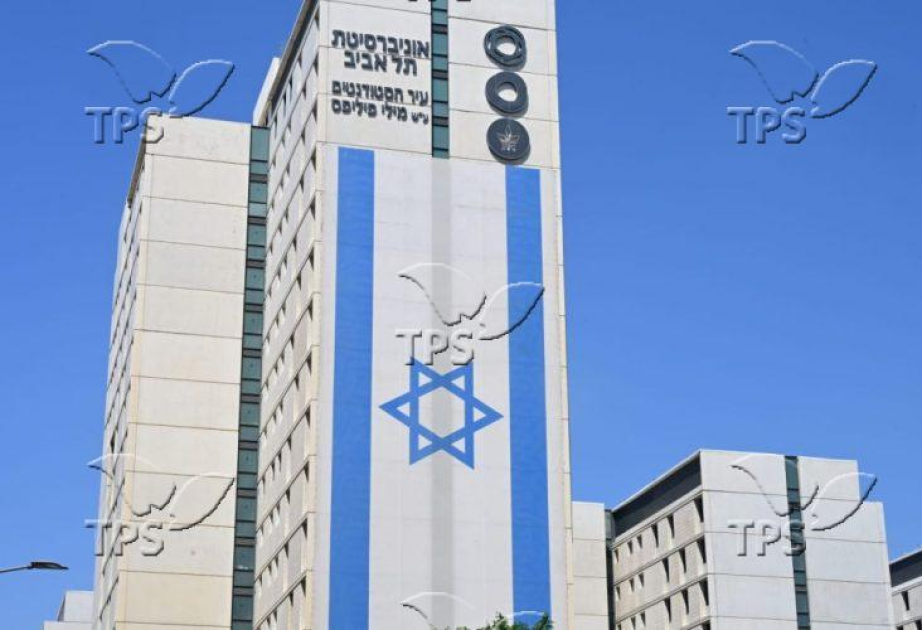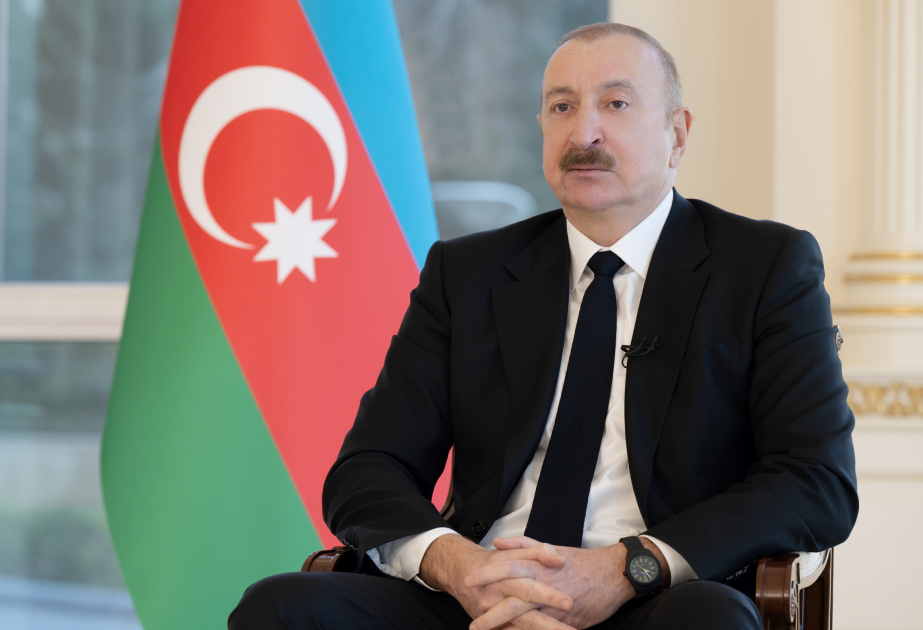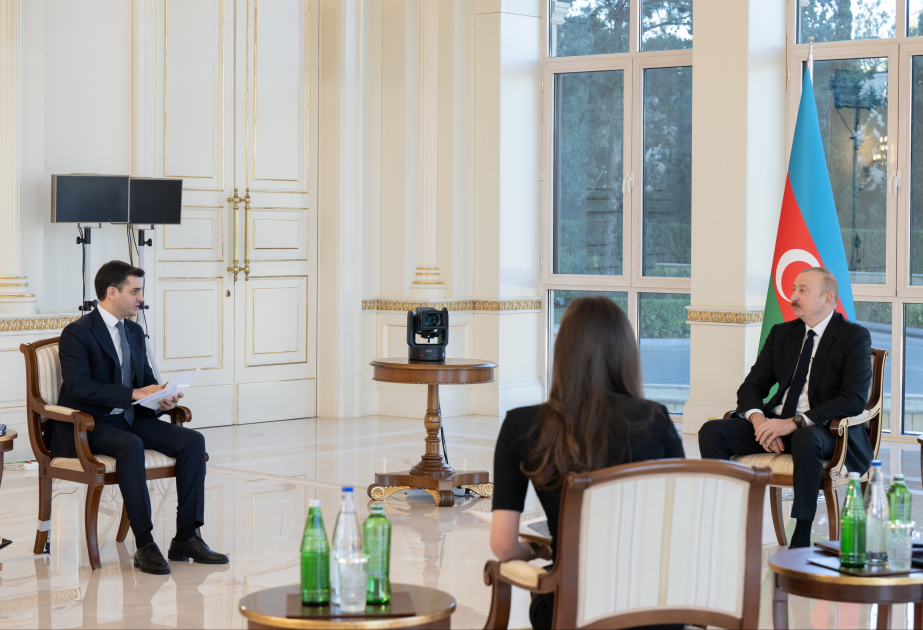Peru’s Ministry of Culture triumphantly reclaimed 202 cultural artifacts, spanning various eras and civilizations, from Germany, Spain, the USA, Canada, and Belgium, showcasing successful international collaboration against illicit trafficking, according to the Latin American Post.
In a historic moment of cultural reclamation, Peru’s Ministry of Culture received 202 priceless artifacts from various corners of the world, returning to their homeland. This significant event, unfolding on Tuesday, heralds a new era in the global fight against the illicit trade of cultural heritage. The recovered items from diverse epochs and civilizations arrived from countries like Germany, Spain, the United States, Canada, and Belgium. This milestone achievement is the fruit of the Peruvian Foreign Ministry’s dedicated program for patrimony recovery.
Ignacio Higueras, Peru’s Deputy Foreign Minister, emphasized the voluntary nature of most returns, a trend echoing recent years. He expressed gratitude towards foreign citizens who, recognizing the harm caused by illegal trafficking, have supported Peru’s endeavors in reclaiming its cultural heritage. The ceremony, held at the Peruvian Foreign Ministry, showcased 198 archeological pieces, three historical documents, and one historic-artistic item.
Among the archeological treasures, 154 items were returned voluntarily by citizens, 42 stemmed from seizures by the U.S. Department of Homeland Security and German police, and the Santa Barbara Natural History Museum in Los Angeles relinquished two. These include pre-Hispanic artifacts like Incan club heads, various textile fragments and instruments from the Chancay culture, Chimú metalwork, and many ceramics from the Moche, Nazca, Lambayeque, and Inca periods.
A standout item in this repatriation is a 16th-century colonial-era wooden cup with polychrome decoration returned by Germany’s F.C. Gundlach Foundation. Additionally, Peru welcomed back three 19th-century administrative documents from Booneshares, a Belgian auction company. These include two printed and handwritten bills from the National Credit Board of 1829 and 1836 and a voucher issued by the Lima Mint in 1838.
Higueras highlighted the need for strengthening international cooperation to continue combating illegal trafficking effectively. He pointed out the growing challenges, like the rising trend of virtual auctions of cultural goods, emphasizing the importance of shared efforts, information exchange, and best practices.
The recovery of these artifacts was made possible through the diligent efforts of numerous actors within and beyond Peru’s borders, establishing the country as a benchmark in the global fight against illicit cultural goods trafficking. This initiative is not just about reclaiming physical objects; it represents the recovery of Peru’s historical narrative and cultural identity.
The significance of these artifacts to Peru’s heritage cannot be overstated. Each piece tells a story, offering insights into the country’s rich and diverse past. The pre-Hispanic objects provide a window into ancient civilizations that once thrived in the region. At the same time, the colonial and 19th-century items reflect a turbulent period of national formation and identity building.
The repatriation ceremony displayed recovered artifacts and a symbolic act restoring Peru’s cultural sovereignty. It sent a strong message against the illicit trade that has long plagued countries rich in cultural heritage. The return of these items is a testament to the power of international collaboration, legal frameworks, and persistent advocacy.


